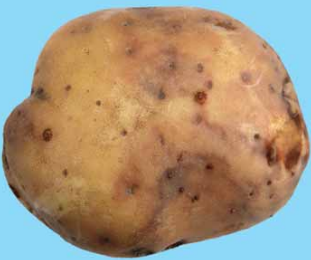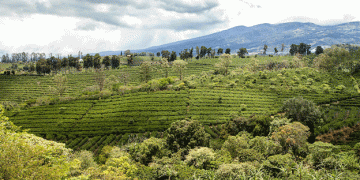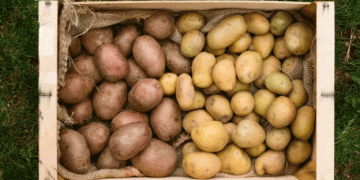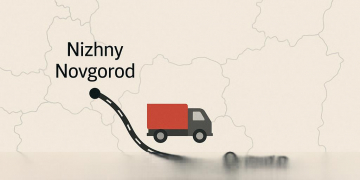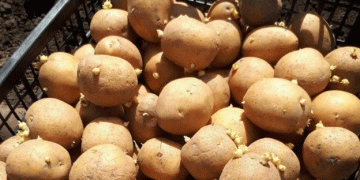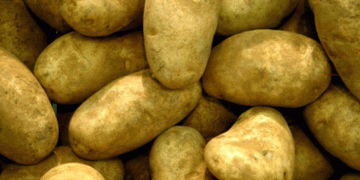Late blight has the potential to be an extremely destructive disease of potatoes. The fungus attacks all parts of the plant. High moisture and night temperatures of 10–15°C and day temperatures of 10–21°C are most favourable for disease development.
Pathogen. The late blight fungus overwinters as mycelium in seed tubers, cull pile tubers or tubers left in the field after harvest. Potato plants originating from infected tubers are the main sources of inoculum during the growing season. Millions of spores, called “sporangia,” are produced on lesions of infected plants. Sporangia are spread mainly by rain or wind to healthy plants.
The fungus has two mating types, A1 and A2. If the two mating types infect the same plant tissue and mate, sexual spores called “oospores” can be produced.
Oospores are thick-walled, survive in the soil for several years in a dormant state and can initiate late blight infections

release swimming spores.
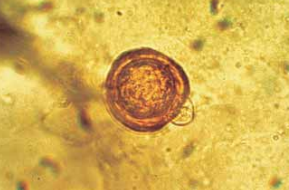
The A1 and A2 mating types have many strains. Most of the potato strains in Canada and the United States belong to the US-8 clonal lineage. Only a laboratory analysis can determine which mating type and strain is infecting a crop. Field identification is limited to “late blight.”
Other hosts of the late blight fungus are tomatoes, hairy nightshade, bittersweet (Solanum dulcamara) and petunia (Petunia x hybrida).
Disease development. When infected seed is planted, some of the seed might rot before plant emergence or some infected plants can emerge, driving the disease up the stems. The fungus produces spores on the lesions of infected plants at any time during the growing season.
The spores are splashed by rain to neighbouring healthy plants or by wind to other areas of the field. Longdistance spore dispersal is by wind. In addition, farm equipment carrying contaminated plant material can spread the fungus to healthy fields.
High humidity is necessary for spore production. Sporangia germinate under humid weather conditions or irrigation and penetrate the plants. Sporangia germinate by two different methods, depending on the temperature. Between 21° and 26°C, they germinate directly, forming a germ tube that penetrates the plant tissues. Below 18°C, each sporangium releases 8–12 zoospores. Zoospores move freely in any water film on the plant surface. Eventually,
they settle down, germinate and penetrate plant tissues.
Thus, disease incidence is higher when the weather is cool and wet. Under these conditions, each sporangium releases many zoospores and instead of one infection site there is the potential for 8–12 infection sites. Late blight symptoms develop 3 to 4 days after infection.
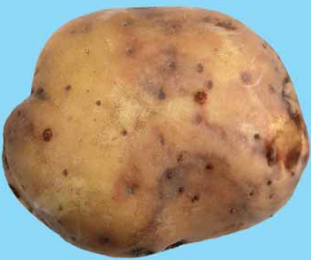
Tubers are infected by spores washed by rain from infected foliage or stems into the soil.
Late blight is one of the most destructive diseases of potatoes. If wet weather prevails and the disease is left uncontrolled, it can destroy a potato field in a few days. The best disease control method for late blight is prevention: eliminating sources of infection (infected seed, cull piles, volunteer plants), following a preventative fungicide program and using resistant cultivars, whenever possible.
There are no highly effective, long-lasting methods for curing the disease once the plants are infected.
